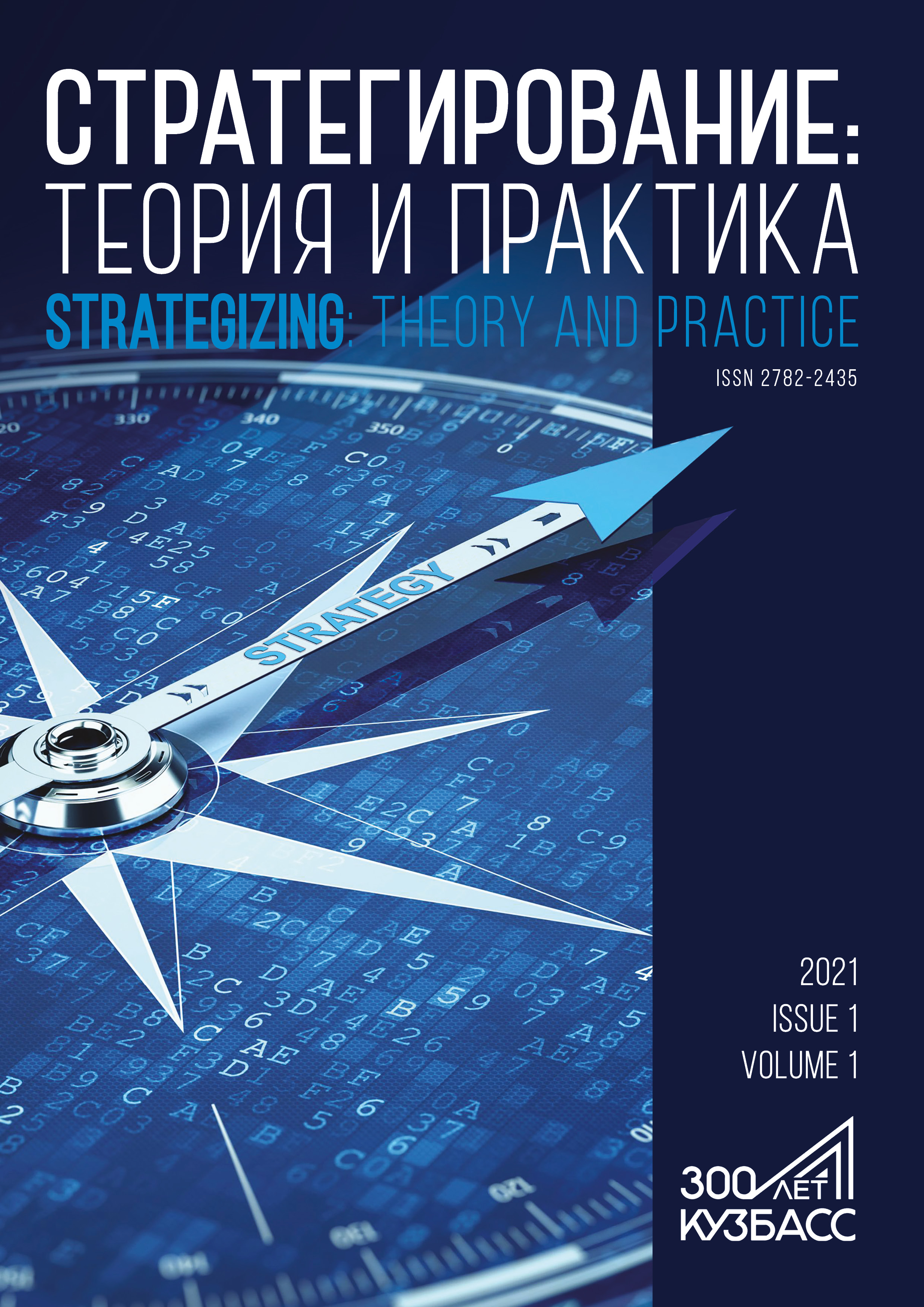Moscow, Moscow, Russian Federation
Cairo, Egypt
The current global situation involves turbulent financial markets, new geopolitical reality, advanced digital technologies, and multimodal transport corridors. Therefore, to strategize the development of an economic branch and its interaction with foreign markets, one should proceed from new principles of technological connectivity of industries, the importance of resources in the global value chain, the qualityandprice balance, reliable market access opportunities, transport accessibility, cybersecurity, etc. Typification of a natural resource has become especially important in the new conditions. If it is renewable, the long-term goal of its capitalization is to preserve or multiply. If it is non-renewable, the main goal in the formation of national welfare is the maximal output and recultivation. This typification of resources presupposes that a raw material economy has sufficient technological, technical, financial, and political potential to process the resource at the place of its extraction and receive sufficient revenue to either preserve and multiply this resource or to provide the maximal output and reclamation. Access to labor resources and demand market determines the main goal of an economy that depends on the import of natural resources. It involves generating revenue from the production and sale of the final products and services in a place of solvent demand and the additional need to create national welfare based on the existing political, intellectual, and technological resources. Technological sovereignty requires new cooperative cross-country strategies for the interaction of industries and businesses. Technological sovereignty needs a scenario-predictive modeling of the potential of coordination mechanisms to develop mutually beneficial interaction between industries during the high turbulence on foreign markets. The article introduces methodological tools for the development of cooperative cross-country strategies between industries and business. It includes a novel interpretation of the adaptation vectors for national strategies and corporate interests in food security, based on cooperative intersectoral and cross-country development strategies. After the Second Russia-Africa Summit, the article might be useful for the authorities responsible for the technological sovereignty, development, and leadership of Russia.
Cross-Country Coordination of Reindustrialization: Cooperation Potential between Russia and Egypt
1. Development in innovations for agro-industrial sector in Russia. Agriculture 4.0: XXI April International Scientific Conference on the Problems of Economic and Social Development of the Higher School of Economics. NV Orlova [et al.]. Moscow: Higher School of Economics. 2020. 128 p. (In Russ.)
2. Kvint VL. Global emerging market: strategic management and economics. Moscow: Biznes atlas; 2012. 627 p. (In Russ.)
3. The concept of strategizing. Vol. 1. St. Petersburg: NWIM RANEPA; 2019. 132 p. (In Russ.)
4. Kvint VL, Khvorostyanaya AS, Sasaev NI. Advanced technologies in strategizing. Economics and Management. 2020;26(11):1170-1179. https://doi.org/10.35854/1998-1627-2020-11-1170-1179 (In Russ.)
5. Development of methodological provisions of project management in the field of ensuring technological sovereignty of the agro-industrial complex. AN Semin [et al.]. Fundamental and applied research studies of the economics cooperative sector. 2022;4:3-10. https://doi.org/10.37984/2076-9288-2022-4-3-10 (In Russ.)
6. Ethiopia’s transforming wheat landscape: tracking variety use through DNA fingerprinting. DP Hodson [et al.]. Scientific Reports. October 2020. https://doi.org/10.1038/s41598-020-75181-8
7. Food losses and wastage along the wheat value chain in Egypt and their implications on food and energy security, natural resources, and the environment. AY Yigezu [et al.]. Sustainability. 2021;13(18):10011. https://doi.org/10.3390/su131810011
8. Integration of digital twin and BIM technologies within factories of the future. VL Badenko [et al.]. Magazine of Civil Engineering. 2021;1:10114. https://doi.org/10.34910/MCE.101.14
9. Masi P, Harris K. The feasibility of investing in a high-speed grain-handling facility in Kansas. Applied Economics Teaching Resources. 2021;3(1):74- 85. https://doi.org/10.22004/ag.econ.310268
10. Orlova NV, Nikolaev DV. Russian agricultural innovations prospects in the context of global challenges: Agriculture 4.0. Russian Journal of Economics. 2022;8(1):29-48.
11. Sadler M, Magnan N. Grain import dependency in the MENA region: risk management options. Food Security. 2011;3:77-89. https://doi.org/10.1007/s12571-010-0095-y
12. Woertz E. Agriculture and development in the wake of the Arab spring. Combining Economic and Political Development. 2017;7. https://doi.org/10.4000/poldev.2274





